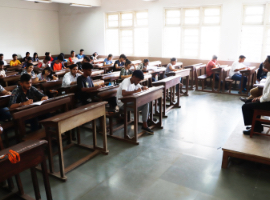Accomplishments

Analyzing Stacking & Voting Regressors for House Price Prediction: A comparative approach
- Abstract
This research presents a comprehensive comparative analysis between stacking and voting ensemble methods in the context of regression tasks. The study focuses on various performance measures including R2 values, mean absolute percentage error (MAPE), root mean square error (RMSE) and mean absolute error (MAE) to assess forecast accuracy. The results consistently favor the voting ensemble approach, outperforming the stacking of most basic model combinations, as indicated by higher R2 scores. On average, the difference in R2 scores between voting and stacking is about 12.11%, which highlights the excellent model of Voting. Differences are observed in MAPE, where stacking works better in certain cases, with an average difference of approximately 23.87%. The RMSE and MAE analyses further highlight the superiority of Voting: the RMSE differences range from 20.72% to 45.46%, and the average MAE difference is approximately 45.16%. In summary, the study highlights the effectiveness of the voting ensemble approach to achieve better prediction accuracy in regression tasks. Although the choice between stacking and voting should take into account data collection-specific characteristics and combinations of underlying models, this study supports voting as a more reliable and robust entity. Researchers and practitioners are encouraged to explore voting in regression designs, taking into account the requirements of individual data sets.



















